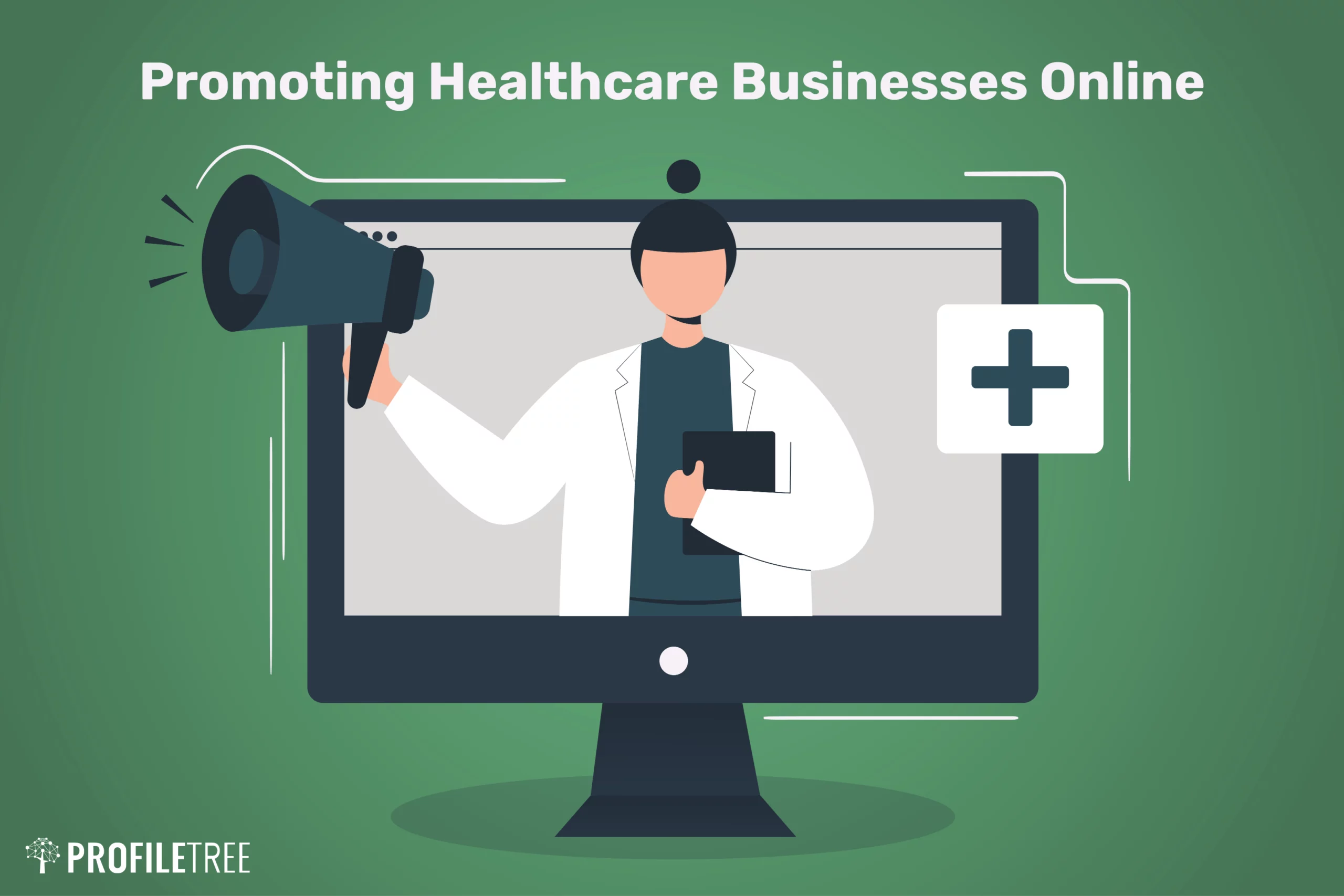Exploring the Development of Subscription Based Healthcare in the Digital Age
Exploring the Development of Subscription Based Healthcare in the Digital Age
Blog Article
Comprehending the Cost-Effectiveness of Subscription-Based Healthcare Designs
As the healthcare landscape progresses, subscription-based models become a compelling alternative, assuring to redefine how individuals handle medical costs. Examining these versions' cost-effectiveness necessitates a nuanced comparison with conventional insurance policy, considering both economic effects and patient satisfaction. While they offer openness and predictability in expenses, inquiries remain regarding their capacity to fulfill varied healthcare requirements, specifically for specialized therapies. The viewpoints of doctor better complicate this formula, offering a complex difficulty. What does the future hold for these versions, and can they truly provide on their guarantee of accessible, inexpensive care?
Introduction of Subscription-Based Versions
Subscription-based healthcare versions, often referred to as direct medical care or concierge medication, are increasingly gaining focus as a potential service to inefficiencies within typical medical care systems. These versions operate the principle of offering patients direct accessibility to medical care companies through a annual or month-to-month charge, bypassing the requirement for traditional insurance policy systems. This arrangement intends to enhance patient-provider interactions by lowering administrative burdens, which usually impede individualized and timely treatment.
At the core of subscription-based models is the focus on a more tailored individual experience. Patients profit from enhanced accessibility to their physicians, commonly including next-day or same-day visits, expanded assessment times, and straight communication networks such as phone or video clip phone calls. This version promotes a proactive technique to healthcare, where individuals and service providers can collaboratively concentrate on preventative treatment and chronic condition management.

Expense Contrast With Traditional Insurance Coverage

Among the primary financial advantages of subscription designs is transparency in expenses. Clients pay a predictable charge, which can streamline budgeting and monetary preparation. Furthermore, these designs commonly remove co-pays and deductibles for protected solutions, lowering out-of-pocket investing. Alternatively, typical insurance policy might be extra useful for people calling for specialized treatment or costly therapies not covered under a membership design, as they gain from the broader coverage network and cost-sharing devices.
Nevertheless, cost-effectiveness is context-dependent. While subscription designs might supply cost savings for those primarily requiring main treatment, individuals with persistent conditions or specialized medical care needs could find standard insurance a lot more comprehensive. Evaluating particular medical care requirements and potential use is important in determining the most economical option for individuals.
Influence On Patient Fulfillment
Person fulfillment within subscription-based healthcare versions often reflects a considerable enhancement over typical insurance systems. Unlike typical systems, where people might experience delays in receiving treatment, subscription-based designs guarantee more prompt and straight interactions with healthcare providers.
Moreover, the openness in expenses related to subscription-based healthcare relieves the usual irritations connected to unexpected costs and complicated billing procedures seen in conventional insurance (subscription based healthcare). People appreciate recognizing the precise financial dedication upfront, resulting in raised trust fund and self-confidence in their medical care administration
Additionally, the focus on preventive treatment and wellness in registration models adds to enhanced wellness end results, additionally boosting individual satisfaction. By concentrating on ongoing health care as opposed to anecdotal care, individuals experience a more constant and all natural healthcare trip.
In addition, the enhanced provider-patient connection cultivated in these designs, identified by more time spent per individual and customized interest, plays an essential duty in elevating person complete satisfaction degrees, as people feel genuinely taken care of and recognized.
Service Provider Experiences and viewpoints
From the provider's perspective, subscription-based health care versions supply a transformative approach to delivering medical services. These designs stress a positive and preventative medical care approach, allowing companies to concentrate on thorough patient care without the constraints of traditional fee-for-service arrangements (subscription based healthcare). This shift in focus frequently results in improved client outcomes and enhanced service provider complete satisfaction, as health care experts can assign more time and resources to patient involvement and individualized treatment plans
Furthermore, subscription models promote foreseeable profits streams, which improve financial stability for doctor. This predictability permits enhanced resource preparation and allowance, adding to a more reliable medical care shipment system. Service providers can buy team training, infrastructure, and modern technology renovations, consequently enhancing the top quality of treatment provided.
Nonetheless, the change to subscription-based models is not without challenges. Carriers have to adapt to brand-new operational structures, which can include substantial adjustments in invoicing methods and client monitoring systems. Furthermore, there is an integral requirement for durable straight from the source data administration to track patient results and make certain high quality treatment. Despite these hurdles, lots of providers discover that the advantages of increased client communication and streamlined operations exceed the first challenges, making subscription-based designs an eye-catching option.
Future Potential Customers and Obstacles

A primary obstacle is governing conformity, as membership models have to abide by progressing health care policies and insurance requirements. This demands constant adaptation and technology to make sure positioning with lawful requirements. Additionally, incorporating these designs into existing medical care facilities can be complex, calling for significant financial investments in innovation and training.
There is also the possible risk of developing inequities in medical care gain access to, as subscription designs might prefer those who can manage them, leaving susceptible populaces underserved. Addressing this calls for thoughtful consideration of rates techniques and aid mechanisms to make certain inclusivity.
Final Thought
Subscription-based healthcare designs offer a practical choice to conventional insurance policy by using economic predictability and transparency, especially benefiting individuals with persistent conditions or regular medical care needs. The cost-effectiveness of these designs rests upon individual health care use patterns and circumstances. While they may boost patient fulfillment and simplify budgeting, challenges stay in resolving specialized care requirements. Future factors to consider consist of balancing extensive protection with price and incorporating these models within the wider look at more info health care system for optimum end results.
Subscription-based health care designs, often referred to as straight main care or concierge medicine, are progressively acquiring interest as a potential service to inefficiencies within conventional healthcare systems. Unlike conventional systems, where patients might experience hold-ups in obtaining treatment, subscription-based designs guarantee more direct and prompt interactions with medical care service providers.
These models stress a preventative and positive healthcare strategy, permitting carriers to concentrate on extensive patient treatment without the restrictions of traditional fee-for-service setups. As these designs continue to obtain traction, they offer the possible to reinvent client accessibility to care, enhance service distribution, and enhance medical care costs.Subscription-based healthcare versions provide a sensible option site here to traditional insurance policy by providing economic predictability and transparency, specifically benefiting people with chronic problems or regular medical care requirements.
Report this page